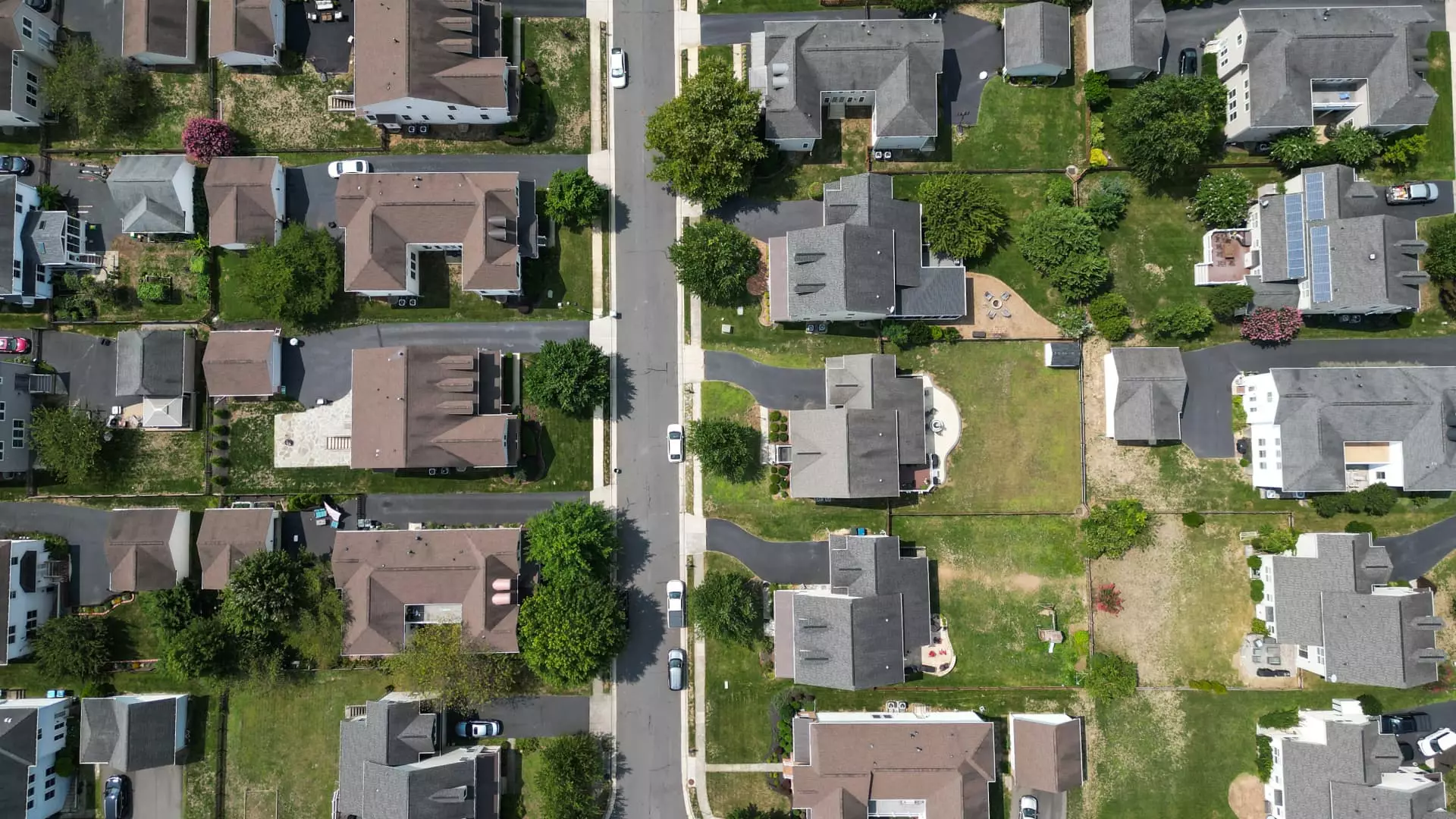Recent declines in mortgage rates portray an optimistic narrative of a thriving housing market, but closer inspection reveals a more nuanced story. While homeowners scrambling to refinance have responded vigorously—applications jumped 7% last week and demand soared 40% year-over-year—the broader market remains sluggish. The inflated headline figures mask enduring economic uncertainties that keep many potential buyers hesitant. Borrowers with substantial loans are more reactive to rate shifts, evident through increased refinance sizes, yet prospective homebuyers show little spark of enthusiasm, with purchase applications barely budging. This disparity suggests that the supposed benefit of lower rates is skewed—it favors existing homeowners and wealthy refinancers more than the regular citizen eager to purchase their first home.
The Hidden Divisions in Mortgage Market Dynamics
The decline in rates primarily fuels refinancers, particularly those with larger loan amounts, which indicates a wealth and status bias in how monetary policy impacts the housing sector. For the average American dreaming of homeownership, the tiny 0.1% increase in purchase applications signals distress rather than opportunity. The hesitance stems not just from economic volatility but also from concerns over rising living costs, stagnant wages, and political uncertainty. Lower rates are painted as universally beneficial, but they tend to reinforce wealth stratification. The well-off, with their ability to leverage larger loans, capitalize on these rate drops. Yet, working-class and middle-income buyers remain cautious—more so when market confidence wanes and financial prospects seem unstable.
The Illusion of Relief and the Reality of Structural Barriers
The narrative that falling rates equate to widespread housing affordability is fundamentally flawed. For many, even a drop from 6.88% to 6.79% is a distant dream, given the economic pressures they face daily. Job uncertainty, inflation, and stagnant paychecks continue to serve as formidable barriers. Meanwhile, policymakers often tout rate reductions as a form of economic stimulus, but this ignores the structural barriers that prevent equitable access to homeownership. If anything, the focus on rate drops tends to privilege the already privileged—those with sufficient assets to refinance or buy—while marginalizing the majority who find homeownership increasingly out of reach.
Market Optimism or Strategic Illusion?
While some analysts project the mortgage rate to maintain stability or drop further, such forecasts are no guarantee of improved affordability for the average household. The current environment exemplifies how monetary easing and rate reductions serve broader economic interests—bolstering asset values and enriching financial institutions—rather than addressing fundamental issues of fair access. Beneath the surface of promising statistics lies a reality where economic inequality is reinforced, and the dream of homeownership becomes even more elusive for working families. The narrative of a recovering housing market is, at best, a carefully curated illusion designed to sustain market confidence, not necessarily to serve the needs of ordinary citizens.
In sum, the recent dive in mortgage rates offers a superficial victory for homeowners and financiers but fails to address the deeper systemic challenges. Instead of celebrating a supposed housing renaissance, society must confront the reality that these rate changes disproportionately benefit the privileged, leaving the majority to navigate an increasingly inhospitable housing market. It’s a cautionary reminder: monetary policy alone cannot resolve structural inequalities, and without comprehensive reforms, the foothold of economic disparity will only tighten under the guise of market recovery.

